Home>Ideas and Tips>Upgrading Your Home’s Basement With DIY Rigid Foam Insulation
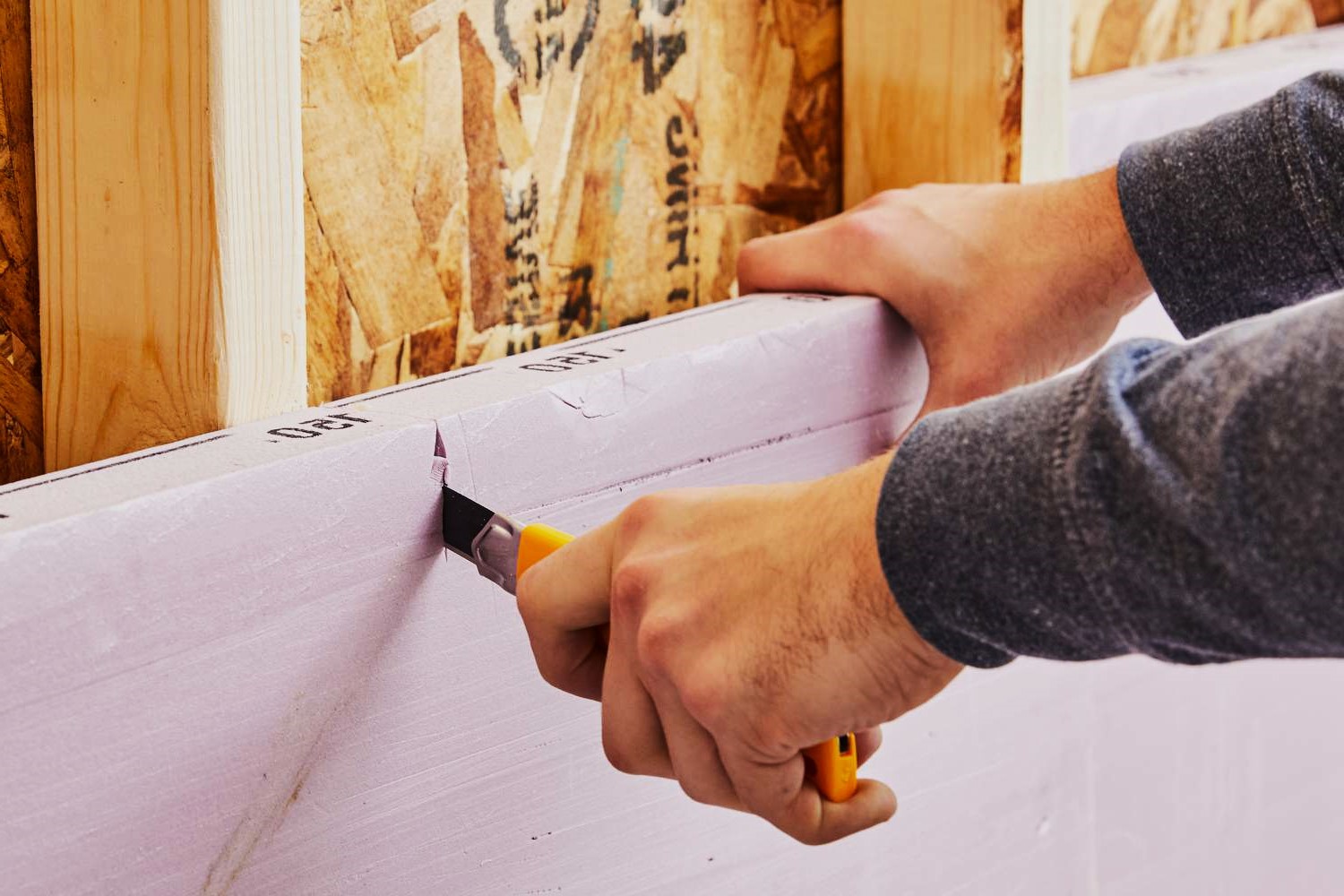

Ideas and Tips
Upgrading Your Home’s Basement With DIY Rigid Foam Insulation
Modified: November 1, 2024
Upgrade your basement with DIY rigid foam insulation to boost energy efficiency and moisture resistance. Follow our step-by-step guide for a successful project.
(Many of the links in this article redirect to a specific reviewed product. Your purchase of these products through affiliate links helps to generate commission for Storables.com, at no extra cost. Learn more)
Introduction
Basements are often overlooked when it comes to home improvement, but they can be a significant source of energy loss and moisture issues. One effective way to address these problems is by using rigid foam insulation. This type of insulation is particularly useful for basements due to its moisture-resistant properties and high R-value, making it an excellent choice for both unfinished and finished basements. In this article, we will guide you through the process of upgrading your home's basement with DIY rigid foam insulation, covering the benefits, preparation, installation, and tips for a successful project.
Benefits of Rigid Foam Insulation
Moisture Resistance
Rigid foam insulation is naturally resistant to moisture, which is crucial for basements that are prone to dampness. Unlike traditional insulation materials like fiberglass or cellulose, rigid foam does not absorb water, reducing the risk of mold and mildew growth. This makes it an ideal choice for below-grade applications where moisture can be a significant issue.
High R-Value
Rigid foam insulation offers high R-values, which measure its thermal resistance. The R-value of rigid foam can range from 3.2 to 6.5 per inch, depending on the type of foam used. This high R-value means that rigid foam can significantly reduce heat transfer, keeping your basement cooler in the summer and warmer in the winter.
Durability
Rigid foam insulation is known for its durability and long lifespan. It can last for 100 years or more if installed correctly, making it a cost-effective solution in the long run. Unlike other insulation materials that may degrade over time, rigid foam remains effective and maintains its performance.
Versatility
Rigid foam insulation can be used in various areas of your home, including foundation walls, regular walls, roofs, and attics. Its versatility makes it a versatile solution for different insulation needs, ensuring that your entire home is well-insulated.
Preparation for Installation
Before starting your DIY project, it's essential to prepare your basement for the installation of rigid foam insulation. Here are some steps to follow:
Assessing Your Basement
- Check for Moisture Issues: Ensure that your basement is not excessively damp or wet. If you notice significant moisture issues, it may be necessary to address these problems before proceeding with insulation.
- Identify Insulation Needs: Determine the level of insulation required based on your climate zone. In colder climates, you may need thicker insulation to maintain a comfortable temperature.
Tools and Materials Needed
- Rigid Foam Sheets: Choose the appropriate thickness of rigid foam sheets based on your insulation needs. Common thicknesses range from ½ inch to 2 inches, with specialty thicknesses up to 6 inches available for extreme climates.
- Furring Strips: These strips provide a secure base for finishing your basement with drywall or other materials. They help keep the studs off the concrete walls, preventing moisture wicking.
- Sealants: Use closed-cell spray foam or caulk to seal any gaps between the foam sheets and the walls or floor. This ensures that there are no air leaks or moisture entry points.
- Vapor Barrier (Optional): Depending on your specific situation, you might need an additional vapor barrier like polyethylene sheeting before installing drywall. However, if using 2” XPS foam as a vapor barrier, an additional layer is not recommended.
Installation Process
Step-by-Step Guide
-
Clean the Area: Ensure the area is clean and free from debris. This will help the foam sheets adhere properly to the surface.
-
Apply DryLock (Optional): If your basement walls are damp or slightly wet, apply DryLock to create a moisture barrier. This step is crucial for preventing further moisture issues.
-
Attach Foam Sheets: Place the rigid foam sheets against the concrete walls or foundation. Use screws or nails to secure them in place. Make sure to cover the entire area from floor to ceiling.
-
Install Furring Strips: Place furring strips over the foam sheets to provide a base for finishing materials like drywall or bamboo plywood.
-
Seal Gaps and Joints: Use closed-cell spray foam or caulk to seal any gaps between the foam sheets and the walls or floor. Additionally, use Tyvek tape to seal seams between foam sheets.
-
Add Additional Insulation (Optional): If you're using a combination of insulation types (e.g., fiberglass in stud cavities), ensure that there are no gaps between different insulation layers. This will help maintain thermal efficiency and prevent moisture buildup.
-
Install Drywall: Once the insulation is in place and sealed, you can proceed with installing drywall. This will complete your basement's finishing process.
Tips and Considerations
Climate Zone Considerations
The amount of insulation needed varies by climate zone. In colder climates, thicker insulation may be required to maintain a comfortable temperature. For example, in climate zone 5, 2” XPS foam has been sufficient for many homeowners.
Vapor Barrier Concerns
Using 2” XPS foam as a vapor barrier is effective because it allows moisture to escape from one side while keeping it out from the other. However, adding another vapor barrier like polyethylene sheeting before drywall installation can trap moisture and lead to condensation issues.
Sealing Gaps
Sealing all gaps as thoroughly as possible is crucial for maintaining the integrity of your insulation install. Any holes or gaps can compromise the entire system by allowing moisture entry or air leaks.
Environmental Impact
While rigid foam insulation offers many benefits, it also has environmental considerations. Some types of rigid foam contain HBCD flame retardants and pentane blowing agents that can negatively affect the ozone layer and contribute to global warming. However, EPS foam made with pentane blowing agents is generally more environmentally friendly.
Conclusion
Upgrading your home's basement with DIY rigid foam insulation is a worthwhile investment that can significantly improve energy efficiency and reduce moisture issues. By following these steps and considering the tips outlined above, you can ensure a successful project that enhances both the comfort and value of your home. Whether you're dealing with dampness or simply looking to improve thermal performance, rigid foam insulation is an excellent choice for basement insulation projects.
References
- Reddit – Rigid Foam for Basement Insulation
- Build with Rise – Rigid Board Insulation Guide
- Garage Journal – New House: Would You Insulate Foundation?
- YouTube – Finishing Our Basement #24: DIY Foam Board Insulation
- Green Building Advisor – Rigid Foam Insulation for Basement
Was this page helpful?
At Storables.com, we guarantee accurate and reliable information. Our content, validated by Expert Board Contributors, is crafted following stringent Editorial Policies. We're committed to providing you with well-researched, expert-backed insights for all your informational needs.
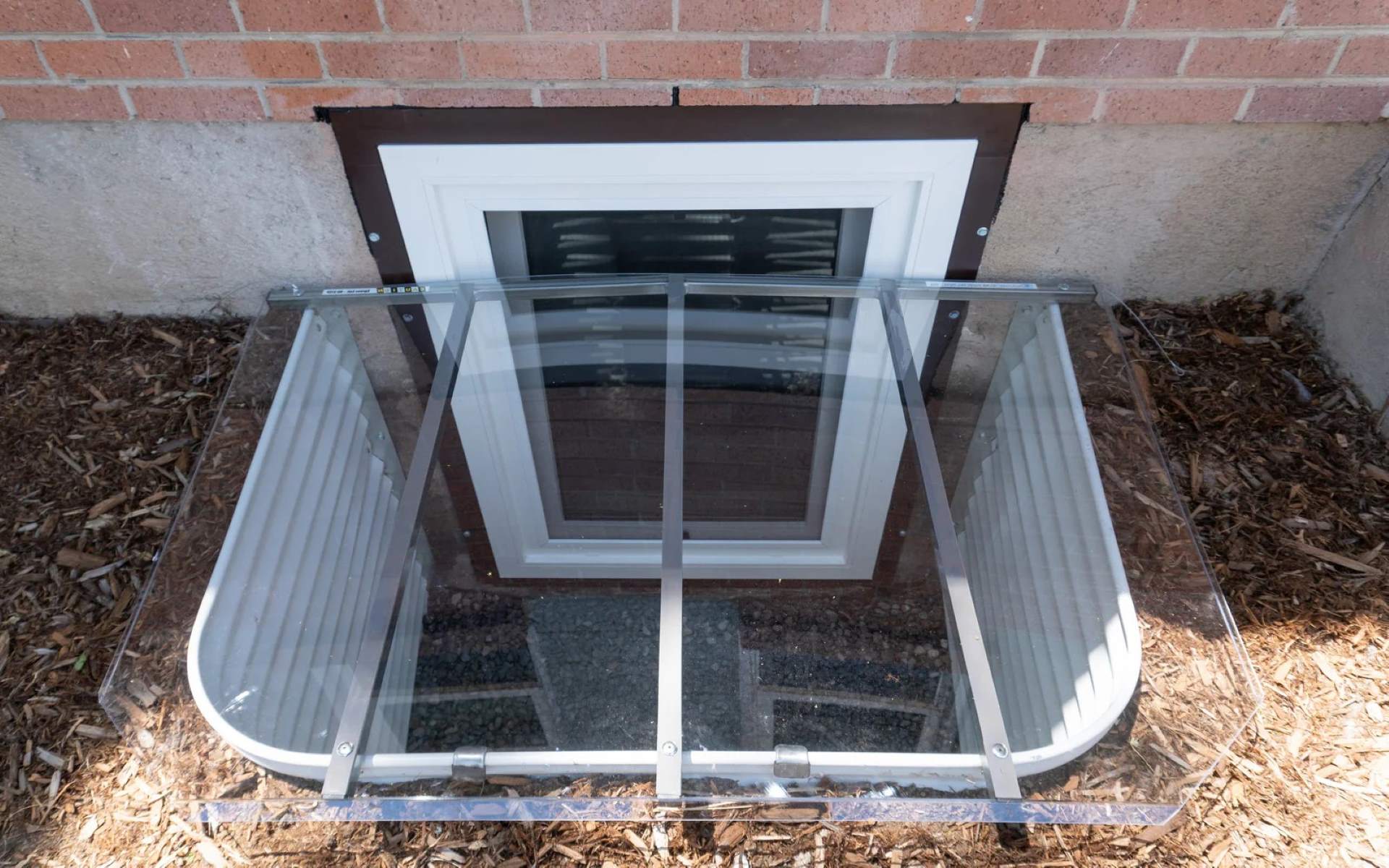
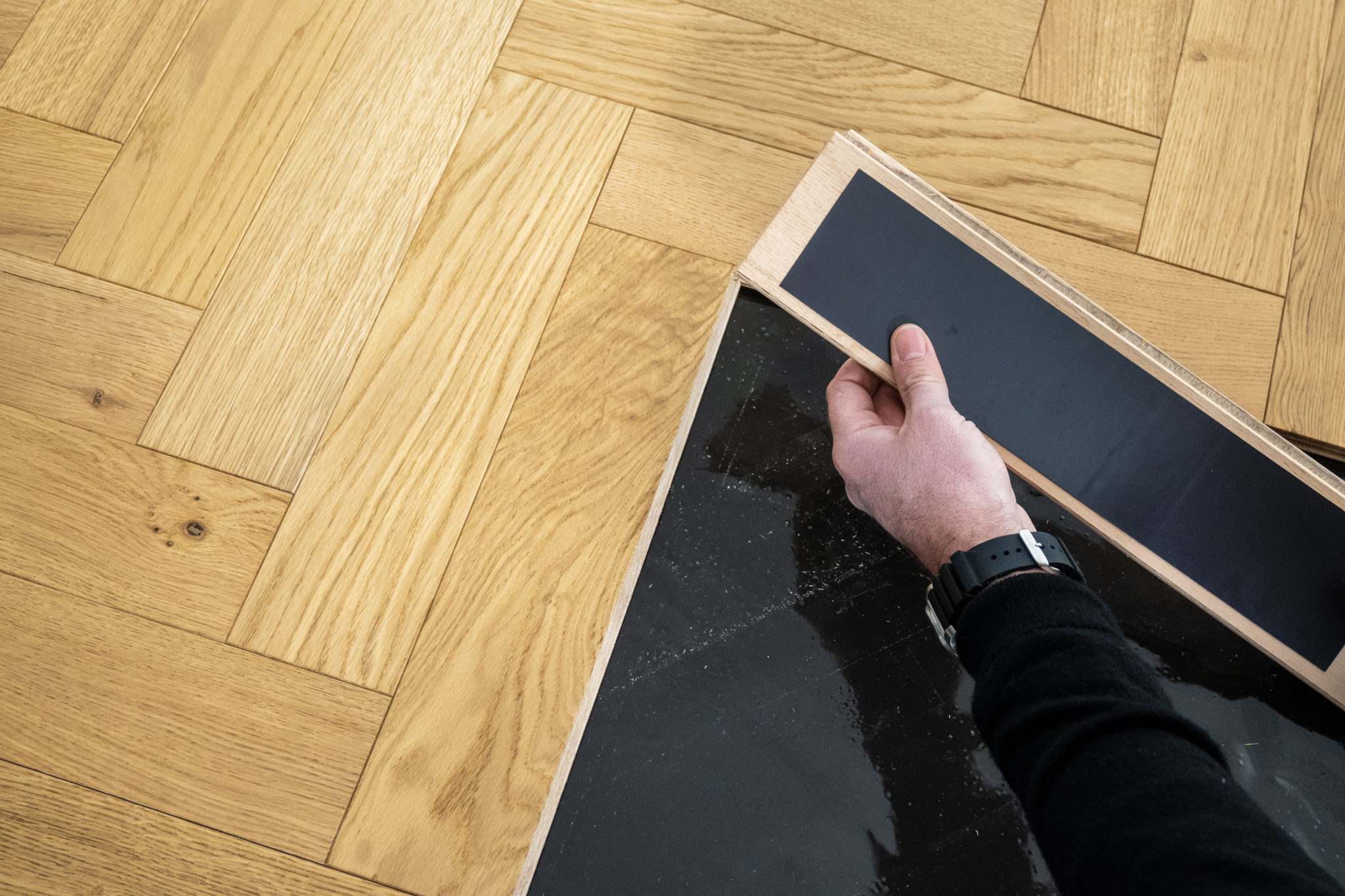
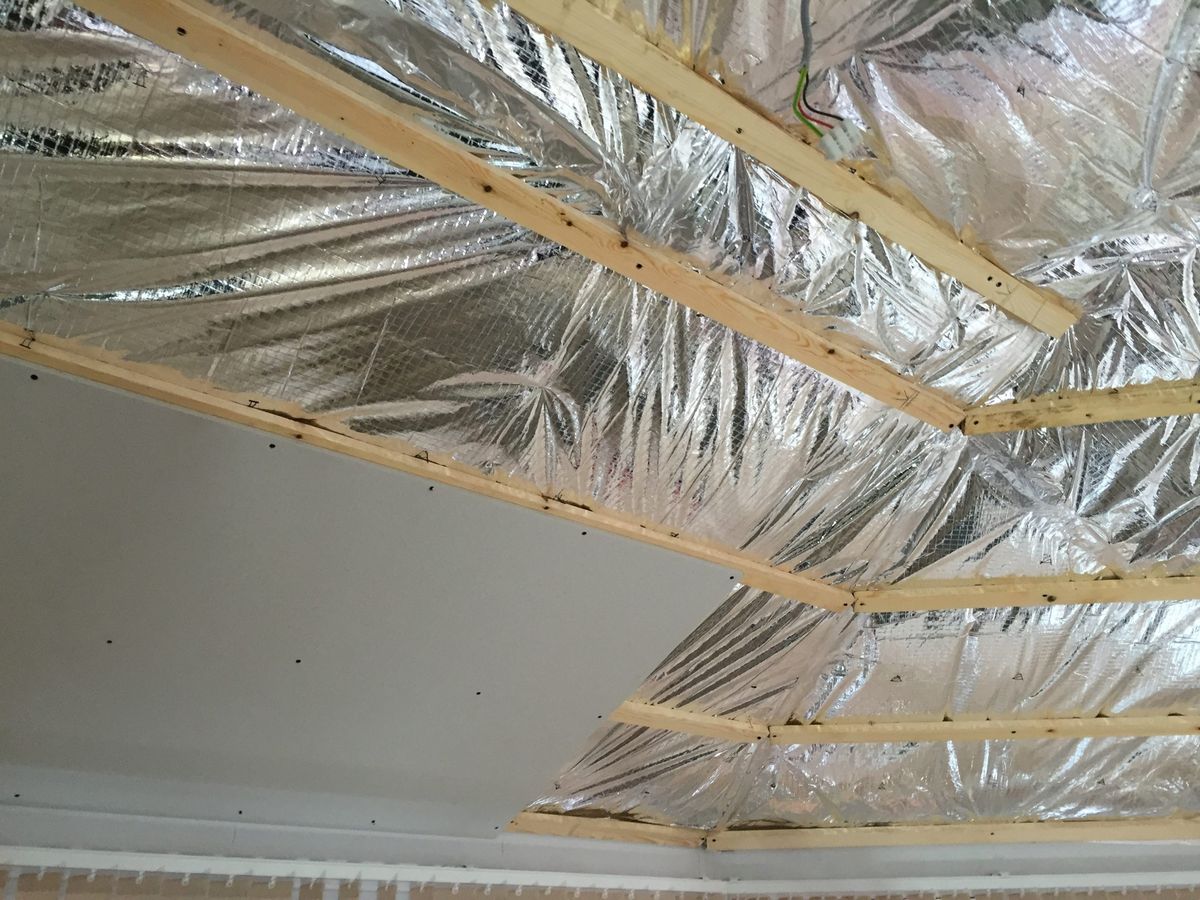
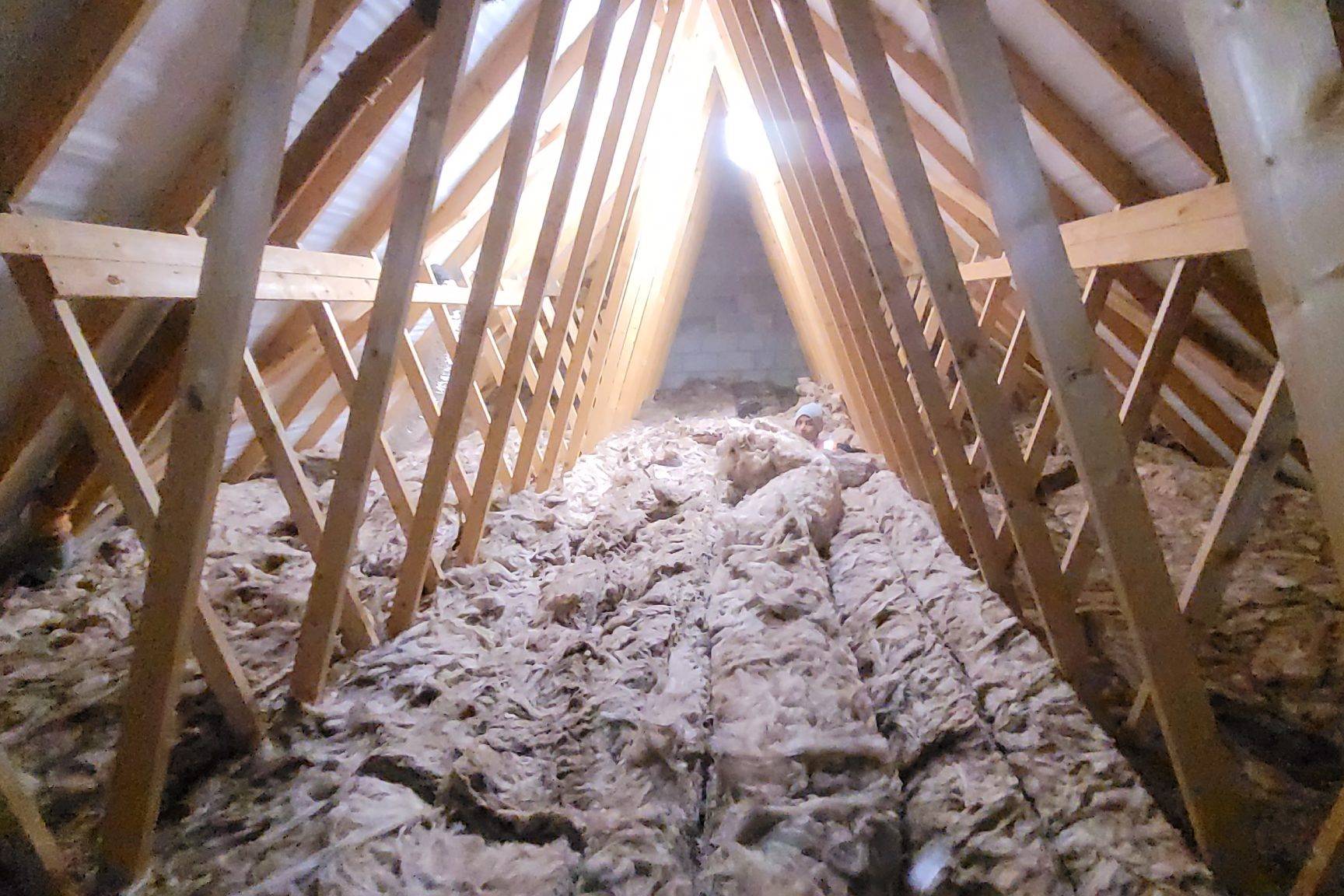
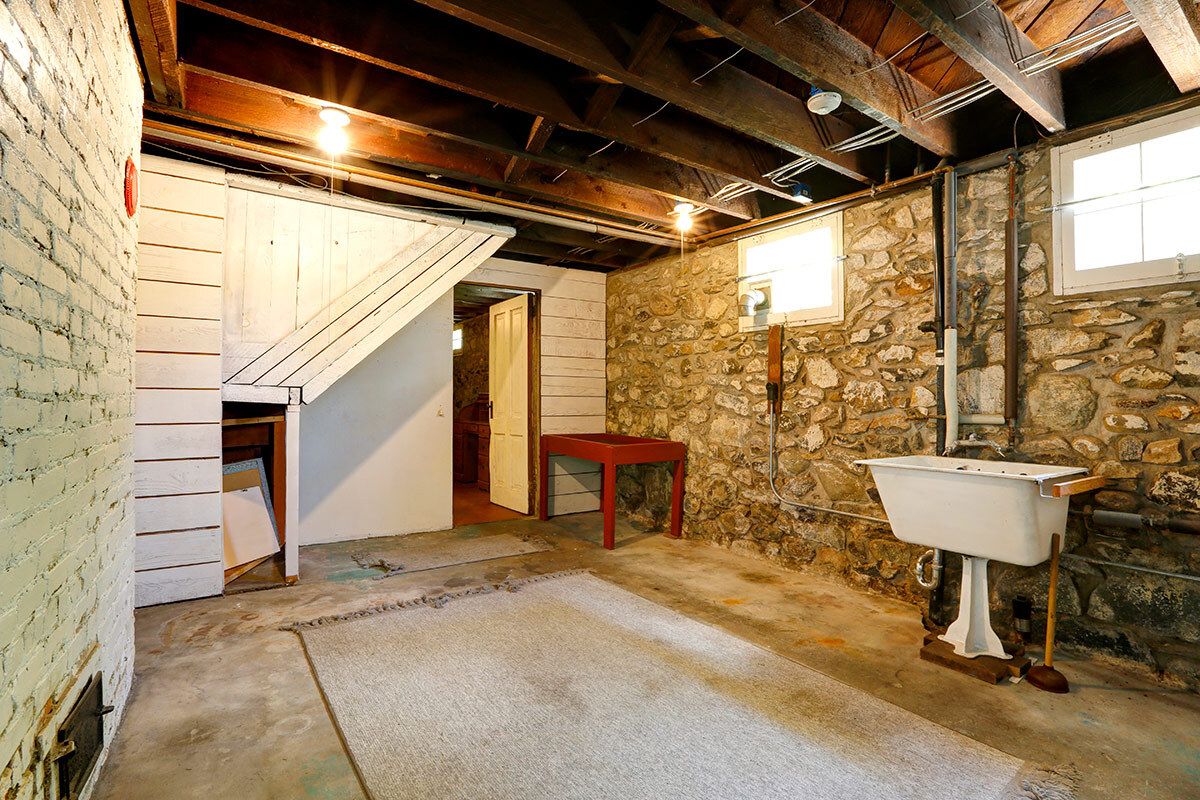
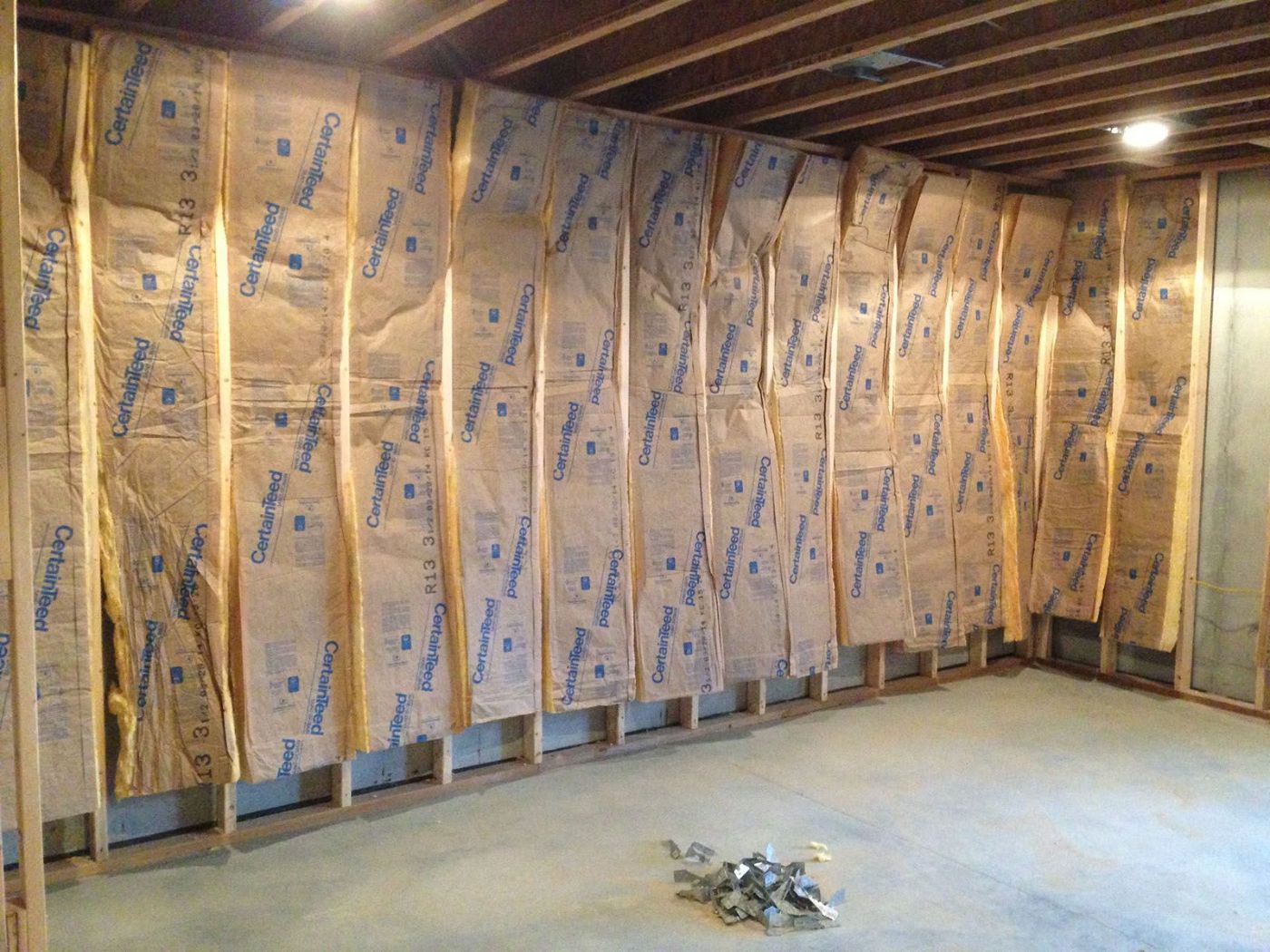
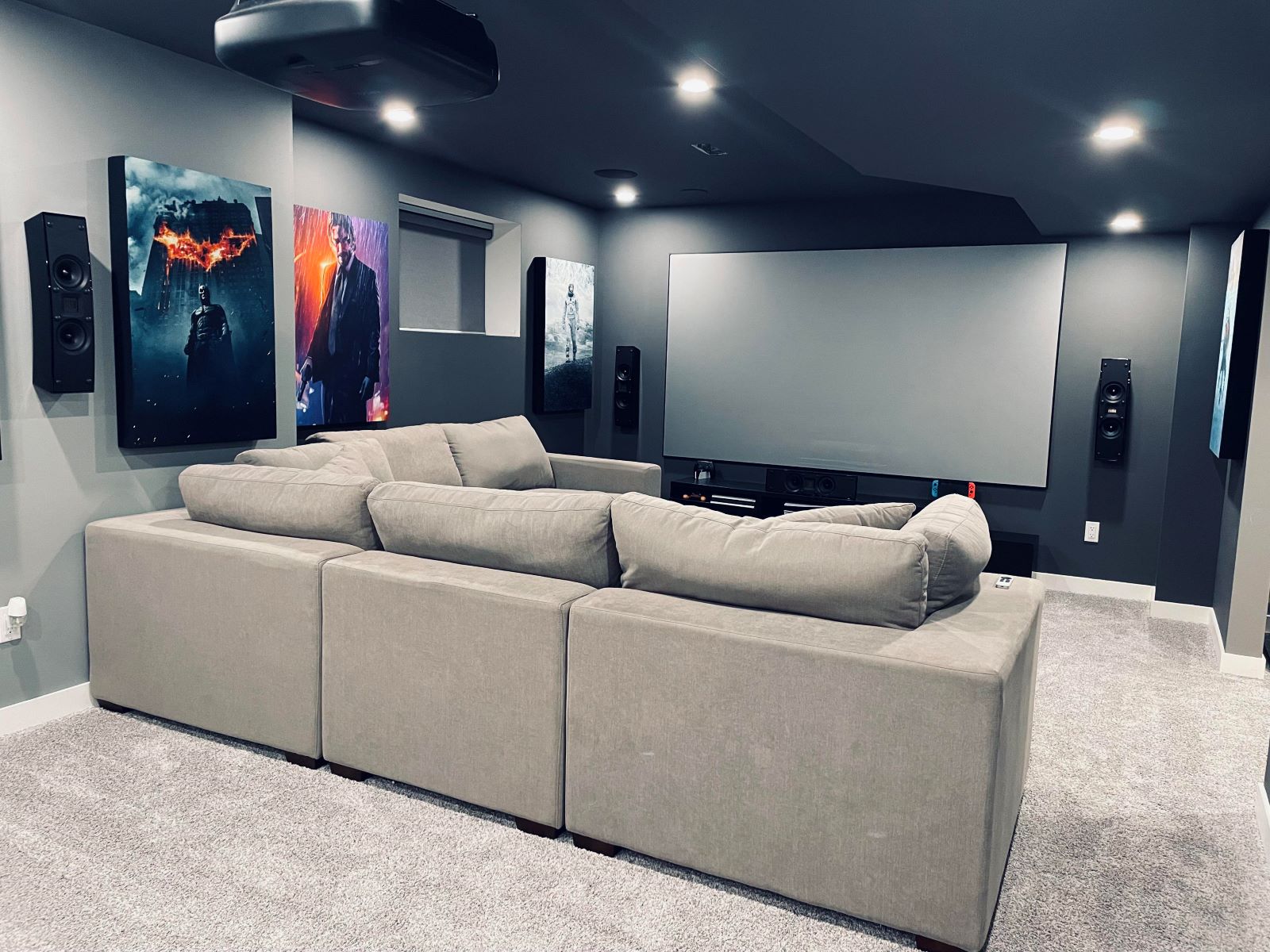
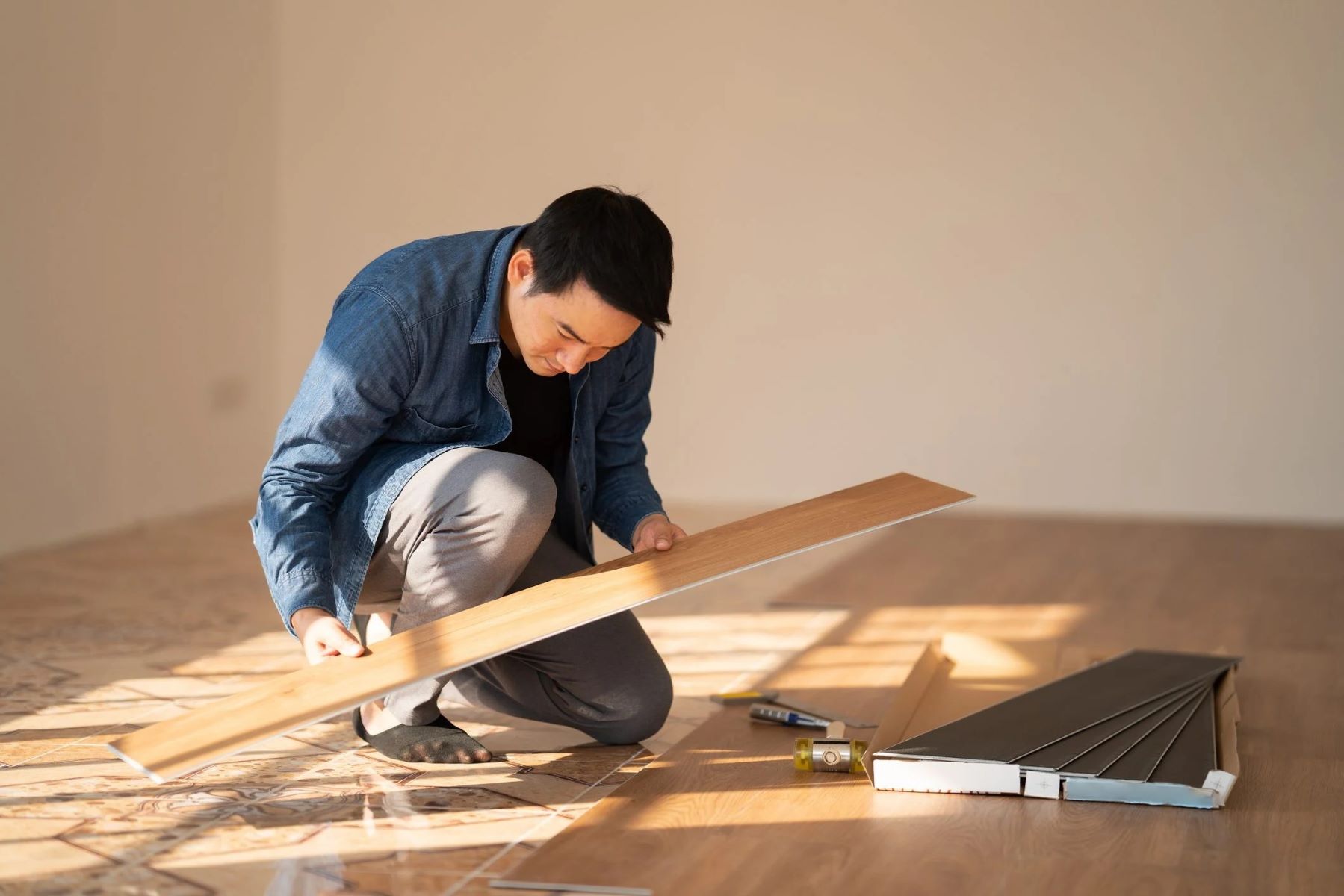
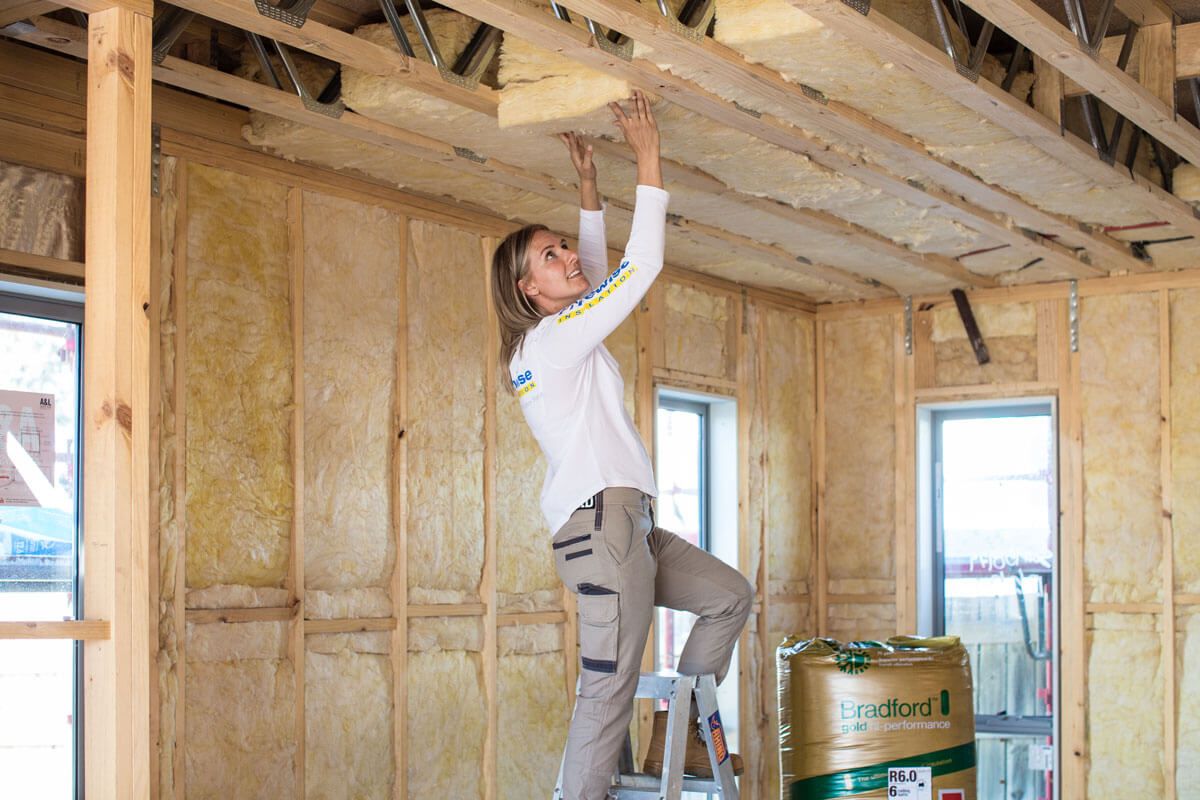
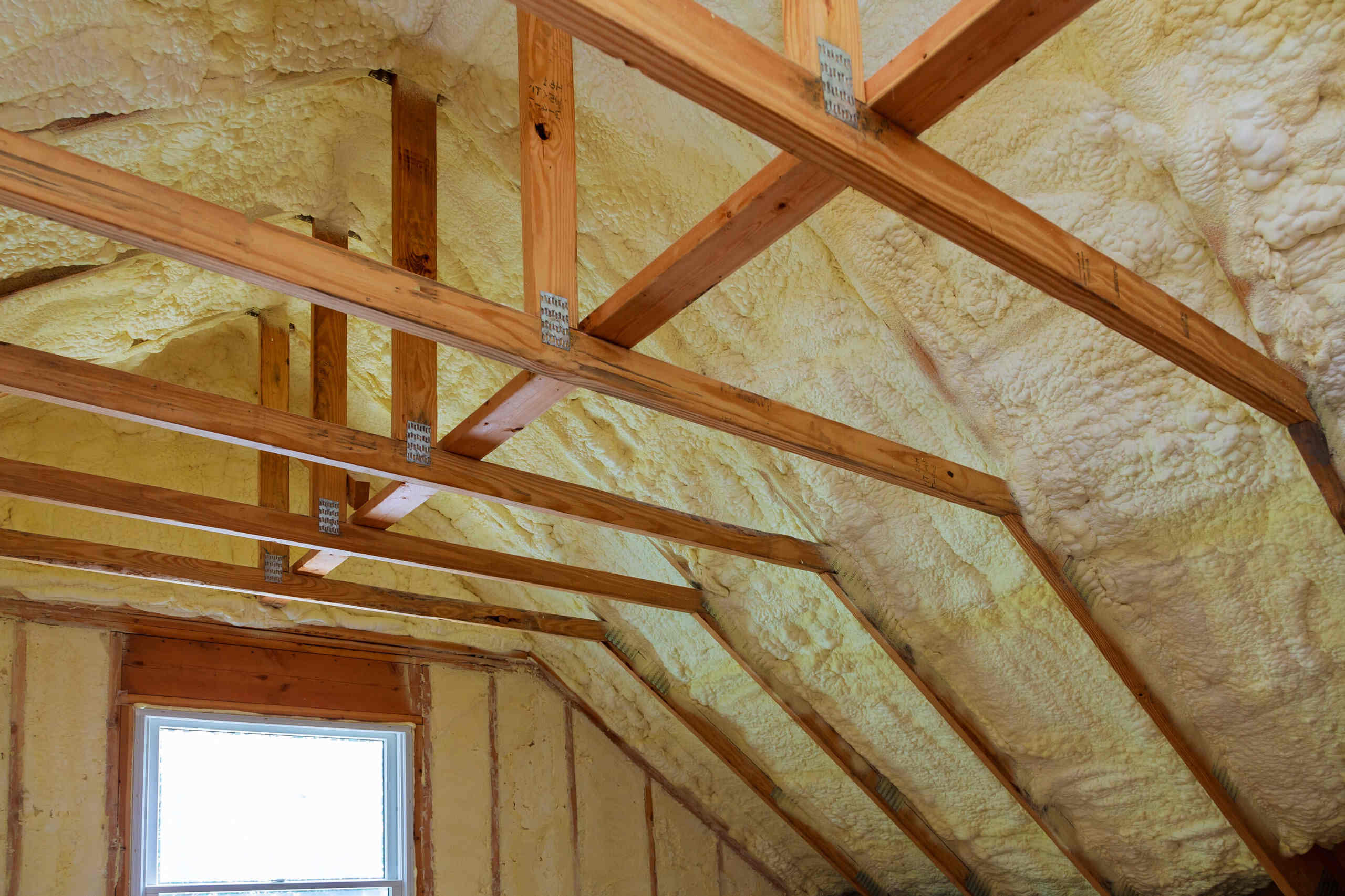
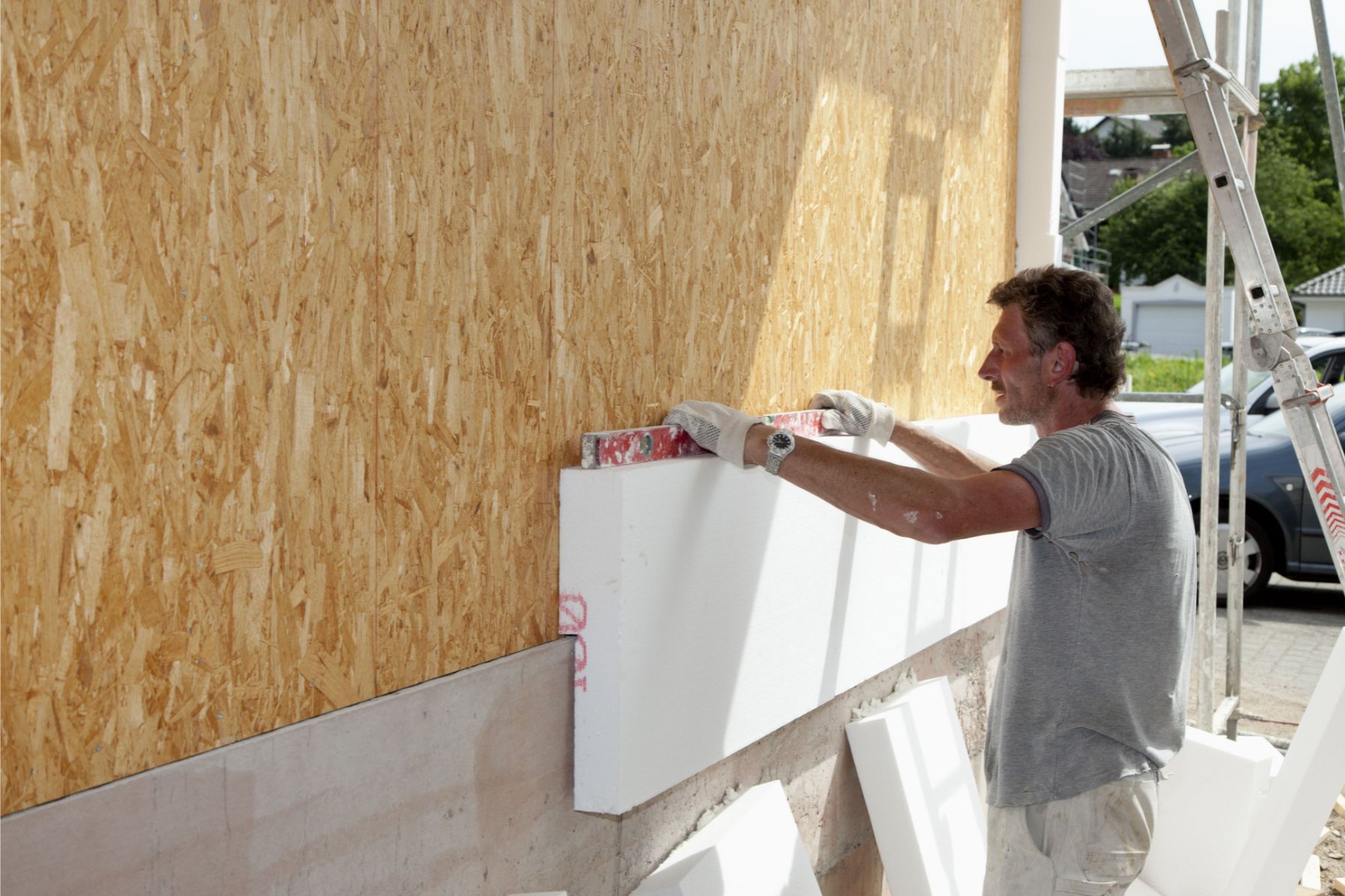

0 thoughts on “Upgrading Your Home’s Basement With DIY Rigid Foam Insulation”